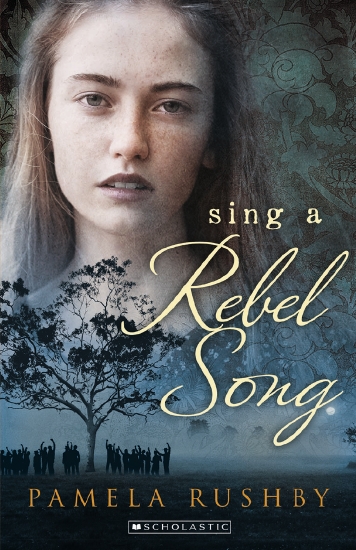 She lifts a hand towards the bundle, but lets it drop again. Anticipation is a strange creature. For nearly two years she has waited for this moment, and now it is here, she doesn’t want to unwrap the parcel. How long has she imagined the illuminators with brush and quill, bent at their desks day after day, choosing colour and gold leaf. How long has she waited to see their work. But now she doesn’t want to look inside.
She lifts a hand towards the bundle, but lets it drop again. Anticipation is a strange creature. For nearly two years she has waited for this moment, and now it is here, she doesn’t want to unwrap the parcel. How long has she imagined the illuminators with brush and quill, bent at their desks day after day, choosing colour and gold leaf. How long has she waited to see their work. But now she doesn’t want to look inside.
When Mathilda orders a prayer book made, she imagines it as a thing of beauty, both a sacred object and a symbol of the status she and her husband will hold. But when it is delivered, almost two years later, much has changed. For the illuminators, too, life has changed. In their small shop in London, a team of five have worked on the illustrations, each with their own things to prove and their own reasons for being there. The creation of the book is as complex as their lives, and the life of the woman for whom it is intended.
The Book of Colours is a complex, well woven story of life in 14th century England. Set against the backdrop of real events, and with a strong cast of characters from all walks of life, the story alternates between the events in the months after the book is delivered, and those in the time it is being worked on in London. The richness and complexity of the illuminations in the book are echoed in the rich, complex lives of the characters, particularly Will, an illuminator with a troubled past, Gemma, the wife of the master illuminator whose shop Will works in, and the Lady Mathilda, for whom the book is destined. Gemma’s husband, John, their son and other minor characters are also presented as rounded, intriguing characters.
Like the precious book in the story, this is a book which will stay with the reader fora long time.
The Book of Colours, by Robyn Cadwallader
Foruthe Estate, an imprint of Harper Coolins, 2018
ISBN 9781460752210

 The men seemed to be having a vote. They raised their hands. Dad came back to Mr Callan. ‘Every man here is a member of the Shearers Union,’ he said. ‘We have agreed that we can only shear under the verbal agreement of our union. If we sign your Shearing Agreement we will not be upholding the union. We’ll be blacklegs.’
The men seemed to be having a vote. They raised their hands. Dad came back to Mr Callan. ‘Every man here is a member of the Shearers Union,’ he said. ‘We have agreed that we can only shear under the verbal agreement of our union. If we sign your Shearing Agreement we will not be upholding the union. We’ll be blacklegs.’